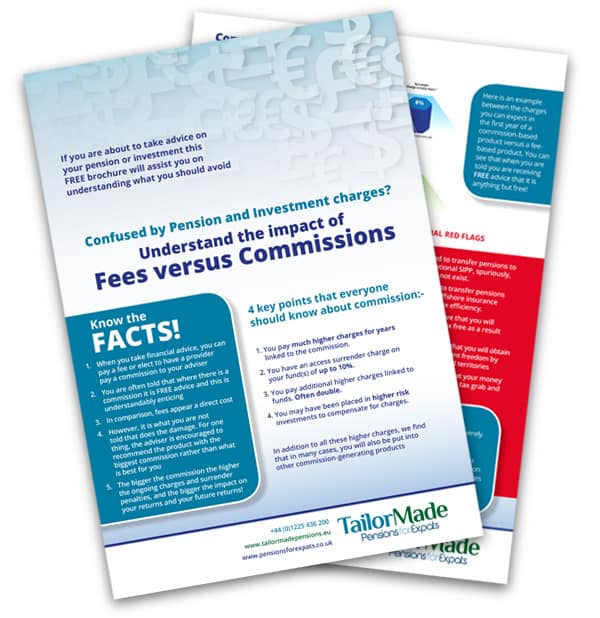Many are the ‘unretired’
The last few years have seen seismic changes to the processes we once thought well-established. One of the ‘givens’ was the way people entered the workforce, worked to a certain age, and retired. As is often the case, there was trouble brewing long before workplace dissatisfaction rose to the surface.
During the Covid pandemic, the world shut down and then restarted, with interesting – to say the least – changes. One of society’s workplace changes was ‘the Great Resignation,’ referring to a larger-than-normal number of people leaving the workforce. The ‘quitters’ included both younger workers at the bottom of the career ladder and older people, who decided to take retirement early to avoid the complications of the virus and its protocols.
U.S. workers didn’t leave, they traded up
News reports stated that more than 40 million U.S. workers left their jobs in 2021; however, a more accurate description is that they left low-end, under-compensated, mentally- and physically-depleting jobs. They then took advantage of better opportunities. The Bureau of Labor Statistics and the census show a nearly one-to-one correlation between the rate of job quitting and job swapping. As vaccines became available and state and local governments urged a return to normalcy, businesses grew desperate for workers. Workers realized that they could find better ways to earn a living with higher pay, more stable hours, and greater flexibility.
Of those who did exit the workforce, most were older men retiring before age 65 — and some of them are now coming back to work. (More on this later).
U.K. workers are staying home
U.K. workers are apparently not ‘trading up’ or ‘job swapping,’ as there are fewer workers in the system than before the pandemic. Called ‘economic inactivity,’ the number of working-age adults not in a job, nor looking for one, totals 600,000.
More than 9 million people between the ages of 16 and 64 are now outside the labor market altogether. These are students, those with long-term health conditions, early retirees, and those providing care for young children or elderly relatives.
Many Brits are waiting for National Health Service (NHS) access to medical care to help them return to work, or are working despite health difficulties. Roughly 7 million people are awaiting routine treatment; 1.8 million are on mental health waiting lists. No other advanced economy has failed to return employment back to its pre-pandemic level, leaving the UK an international outlier.
Working options expanded
A new twist to the linear working timeline is showing up on both sides of the Atlantic. People of retirement age, along with many who have actually retired from the workforce, are finding ways to incorporate a different kind of work back into their lives.
The pandemic forced employers to allow people to work from home. The subsequent worker shortage forced them to consider workers’ needs for flexible working hours, part-time schedules, contract-based jobs, and hiring workers of all ages.
The older, experienced ‘unretired’ are taking advantage of all of these changes, along with their younger counterparts. Especially the remote option: Just 8% of Manhattan office workers are back in the office five days a week, according to the Partnership for New York City. According to analysis from US Bank Morgan Stanley’s research unit AlphaWise, only 34% of UK white-collar employees are commuting again.
It’s not always about money
It is estimated that one in 20 retired men aged over 50 has returned to work, or have ‘unretired,’ and they tend to be professionals who have enjoyed above average earnings. The number of people working past retirement has already almost doubled since 1993 to 1.41 million. The trend began in the U.S. a generation ago, and leads the U.K. figures four-to-one.
According to the job search website Indeed, of those who were retired a year earlier, 1.7 million, or 3.3%, are employed again. The majority of these so-called unretirees are working part- time. Work in their retirement years is now on their terms, much like their younger counterparts who traded up to jobs that suited them better during and after the pandemic.
The loneliness many experienced during the pandemic was a wake-up call about what their retirement might be like. Working a comfortable amount comes with the benefits of staying mentally active, socializing opportunities, and having a sense of purpose.
Much of it is about money
More than 2 million people retired during the first 18 months of the pandemic in the U.S. Some are now heading back to work. According to the U.S. Job Market Report, Q2 2022, economics, of course, is driving people to return to earning income to combat extraordinary inflation (27%), as well as protect their retirement pensions and savings (21%).
When the average annual expenditure for a comfortable U.K. retirement is £2,340 a month, or £28,000 a year for couples, and an upscale retirement is £45,000 a year, the state pension of £9,627 a year for each partner needs boosting.
The views expressed in this article are not to be construed as personal advice. You should contact a qualified and ideally regulated adviser in order to obtain up-to-date personal advice with regard to your own personal circumstances. If you do not then you are acting under your own authority and deemed “execution only”. The author does not accept any liability for people acting without personalised advice, who base a decision on views expressed in this generic article. Where this article is dated then it is based on legislation as of the date. Legislation changes but articles are rarely updated, although sometimes a new article is written; so, please check for later articles or changes in legislation on official government websites, as this article should not be relied on in isolation.
Related Stories:
- A Dreamy Retirement Requires a Dose of Reality
- French Protests – Changing Retirement Age
- Raising The Retirement Age – U.K. Government Considers Again
- Why Retirees Change Retirement Plans
- 2022 Expat Trends
Share this story


